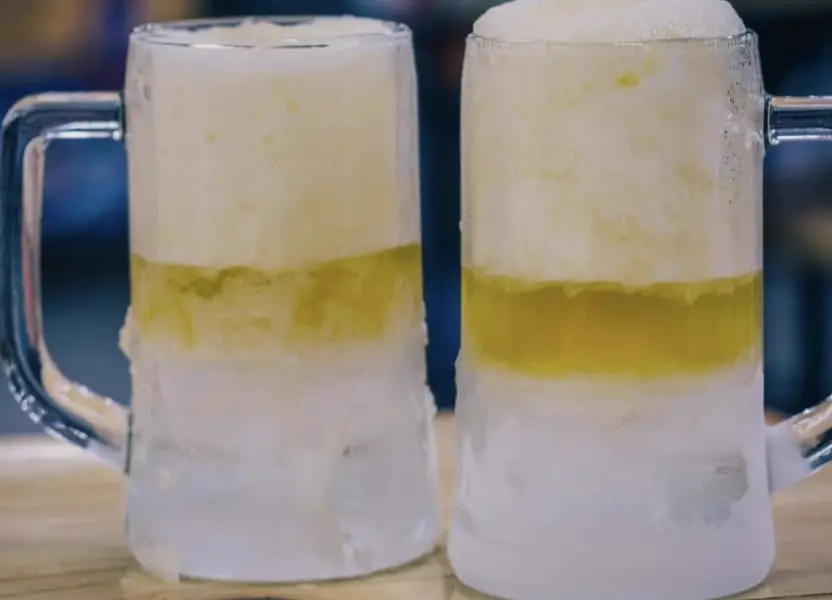
Frosty Brews: Understanding the Freezing Point of Beer
As the temperature drops and winter settles in, many of us find ourselves enjoying the cozy comforts of hot beverages and hearty stews. But what about our beloved beer? Have you ever wondered at what point your frosty brew might turn into a literal ice-cold beverage? In this blog post, we delve into the fascinating world of beer and its freezing point, exploring the factors that influence when your favorite brew might become an icy delight.
The Science Behind Freezing: A Balancing Act
Beer is a complex mixture of water, alcohol, and various solutes, including proteins, hops, and flavor compounds. As with any liquid, the freezing point of beer is influenced by its alcohol content and the interactions between its components.
The Freezing Point of Beer: A Range of Possibilities
The freezing point of beer can vary depending on its alcohol content, with higher-alcohol beers having lower freezing points. Generally, most regular beers (those with alcohol content around 4-6%) freeze at temperatures slightly below the freezing point of water, around 27 to 31 degrees Fahrenheit (-2.7 to -0.6 degrees Celsius).
However, craft beers and specialty brews often come with varying alcohol levels and additional ingredients that can influence their freezing points. Strong ales and high-alcohol brews may have freezing points closer to that of pure water, while lighter beers might freeze at slightly higher temperatures.
The Impact of Alcohol Content:
The presence of alcohol in beer is a key factor in lowering its freezing point. This phenomenon is why you can freeze some beers, like the regular ones mentioned earlier, but not distilled spirits, which have much higher alcohol content.
Factors That Influence Freezing Point:
- Alcohol Content: As mentioned earlier, higher alcohol content lowers the freezing point of beer.
- Ingredients: Ingredients like sugars and proteins can affect the interactions between water and alcohol, impacting the freezing point.
- Carbonation: Carbonation can also influence the freezing point of beer. Carbon dioxide in beer can help depress the freezing point slightly, allowing some beers to remain liquid even at slightly lower temperatures.
The Art of Cold Storage:
While freezing beer might not be ideal for consuming, understanding the freezing point can help you store your beer properly. If you’re concerned about your beer freezing, especially during chilly months, ensure that your storage area maintains a temperature well above the freezing point of your brew.
Conclusion: Savoring the Optimal Brew Experience
As you enjoy your favorite beer, it’s fascinating to consider the science and factors that govern its behavior at different temperatures. Whether you’re a casual beer enthusiast or a dedicated brew connoisseur, understanding the freezing point of beer adds a new layer of appreciation for the intricate balance of ingredients that create the beverages we love. So, as winter’s chill sets in, be sure to keep your beer at a temperature that allows you to savor its flavors and aromas without turning it into a frosty surprise. Cheers to the science and artistry behind every sip!






